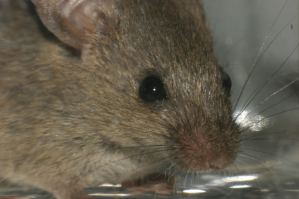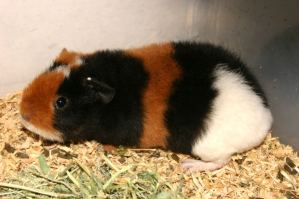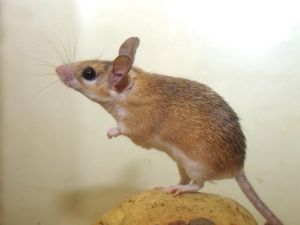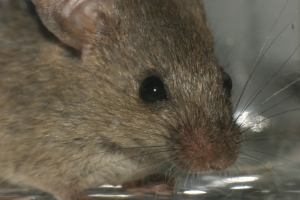Did you know that stressed rats drank more alcohol than non-stressed rats? How does knowing this help humans? Additionally, studies that test for the effects of nicotine on the lungs of baby mice or seek to understand the sexual preferences of hamsters seem a tad bit off the mark when it comes to extrapolating data for human use.
What are we gaining in improving the health and well-being of humans when we focus on the drinking, smoking, and sexual activities of rodents? These studies, which number in the hundreds if not the thousands, are often funded with taxpayer dollars.
There is little return on these investments of millions of dollars while at the same time there is a huge investment in animal abuse. And just as lab beakers and other laboratory equipment are often discarded when no longer of value, so too are the lives of these animals.
When you think about it…why are we studying mice when we should be studying humans? Why are we perpetuating animal abuse when humans are suffering and dying…shouldn’t studies related to human beings be conducted using data from humans?









